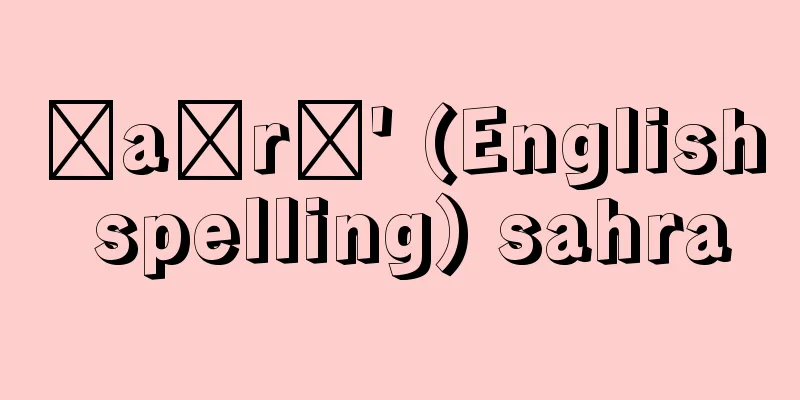tournament

|
A type of match format. A knockout tournament. Fewer matches are required compared to a round-robin league match. However, it can be unfair because the favorites to win face each other first, so to compensate for this, a seeding system and a repechage are used. Also, only the first and second place are decided, and no other rankings are given. The origin of the word tournament comes from the jousting tournaments that were popular among knights in medieval Europe. It began in France in the mid-11th century. A large number of knights clad in armor split into two groups and faced each other, charging forward together and knocking their opponents down with their spears. The remaining knights face each other again and repeat the process, in what is known as a survival match. This format was the inspiration for today's tournament format. Jousting was originally held as one of the celebratory events for royalty and nobility (such as the birth of a prince or a wedding). Later, it became a show business, and if you won, you could take your opponent's armor by force, which you could then sell for money and valuables. As professionals emerged, the sport gradually fell into disuse. In the 15th century, jousting, a one-on-one horse-mounted competition in which knights pledged their love for a particular noblewoman, became popular. However, there were many casualties, so later, measures were taken to prevent this. For example, the tips of spears were rounded, and the sport was changed to one in which the knights jabbed a fixed target. The fighting spirit, pure love, and sacrificial spirit of these knights were respected as knightship, and eventually passed on to gentlemanship and sportsmanship. →Related topicsKnights Source : Heibonsha Encyclopedia About MyPedia Information |
|
試合形式の一つ。勝ち抜き戦。総当たりで行われるリーグ戦に比べて,試合数が少なくて済む。しかし,優勝候補同士が最初に対戦するという不公平も生ずるので,それを補正する意味で,シード制や敗者復活戦などが採用されている。また,1位2位が決まるだけで,それ以外の順位はつかない。 トーナメントの語源は,ヨーロッパ中世の騎士たちの間で盛んに行われていた馬上槍(やり)試合。11世紀中ごろにフランスで始まった。甲冑(かっちゅう)で身を固めた大勢の騎士たちが二手に分かれて対陣し,一斉に突進し,相手を槍で突き落とす。残った者がさらに対陣して,これを繰り返す,いわゆる勝ち残り戦である。この形式が,今日のトーナメントという試合形式のヒントとなった。 馬上槍試合は,初めは,王侯・貴族の祝賀行事(王子の誕生,結婚など)の一つとして行われた。のちには,興行として行われるようになり,勝てば相手の甲冑を腕づくで奪い取ることができ,それを売って金品に代えるプロが現れ,次第に衰退していった。15世紀には,特定の貴婦人への愛を誓って闘う,一人対一人の馬上槍試合ジューストjoustが流行した。しかし,死傷者も続出したので,のちに,それを防止する方法が取られるようになった。たとえば,槍の穂先を丸くしたり,固定した標的を槍で突く競技に変えたりなど。こうした騎士たちの戦闘精神や純愛や犠牲的精神がナイトシップknightshipとして尊重され,やがて,ジェントルマンシップgentlemanshipやスポーツマンシップsportsmanshipへと継承されていった。 →関連項目騎士 出典 株式会社平凡社百科事典マイペディアについて 情報 |
>>: Tonami Plain - Tonami Heiya
Recommend
Biochemistry - Seikagaku (English spelling) biochemistry
It is a science based on chemistry that uses chem...
Anglo-Egyptian Treaty of Alliance
…He succeeded to the throne after the death of hi...
Charlie
1862‐1934 Swedish astronomer. Professor of astrono...
Kashinryuu - Kashinryuu
…Tanaka Kaku-o was the first to claim to be head ...
Sladkovič, A.
…A Central European republic that existed from 19...
Kandagawa River
…It is also written as Kamikado River. A river th...
Snorri Sturluson
1179‐1241 Icelandic poet and historian. Born the s...
Testaments of the Twelve Patriarchs
A book in the Old Testament pseudepigraphy. It rec...
sun and moon shell
...Bivalve mollusks of the Pectinidae family (ill...
Rennes (English spelling)
It is the capital of the Ille-et-Vilaine departme...
Meganthereon
…The ancestral Machairodus was widely distributed...
Golden Gate Bridge - Golden Gate Bridge
This road suspension bridge straddles the entrance...
Perseus
Hero of Greek mythology. King Acrisius of Argos im...
Cooperative Farm (Korea)
...In the agricultural sector, there are a few st...
greyite
…The main iron sulfide minerals are pyrite FeS 2 ...









